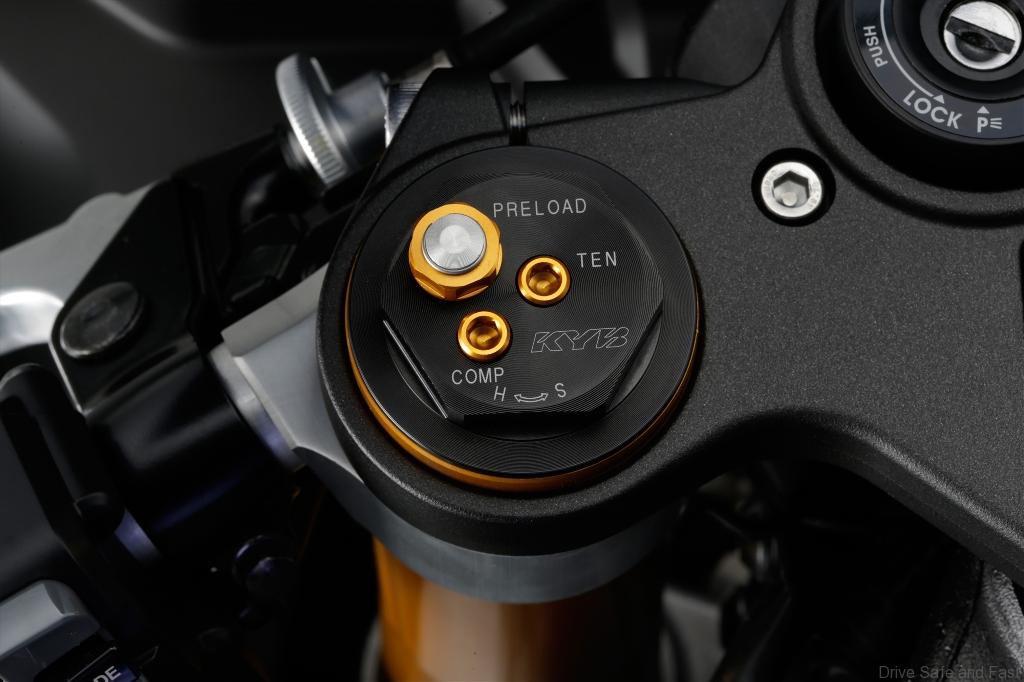For a bike that purports to be an every-man's version of the M1, the R1 gets a 43mm front fork instead of the 48mm DLC coated M1 fork!
Our nearest competition, the class leading (since 2010) BMW S1000RR, uses a 46mm fork. Yet the new R1 gets a 43mm fork! Why???
Who made that decision? Marginal cost difference, marginal weight difference!
The Yamaha videos documenting the 2015 R1 design process seem a little foo-foo to me! I don't think that designing the best superbike is really that hard. Just use the following 4 rules.
If BMW had used rule 4, I don't think that the S1000RR would be so f'ugly! (I definitely do believe that they used rules 1 thru 3.)
Regardless, I am down for a 2015 R1 which will be way more bike than I can effectively use. Furthermore, I do love almost everything about the new design. However, better is better. Besides, given the cost of the R1 and R1M, I think that a bigger fork is paid for and warranted.
Our nearest competition, the class leading (since 2010) BMW S1000RR, uses a 46mm fork. Yet the new R1 gets a 43mm fork! Why???
Who made that decision? Marginal cost difference, marginal weight difference!
The Yamaha videos documenting the 2015 R1 design process seem a little foo-foo to me! I don't think that designing the best superbike is really that hard. Just use the following 4 rules.
- Pretend that world superbike does not exist and that the ONLY racing forum for a 1000cc superbike is world superstock.
- Decide that your goal as a manufacturer is to WIN world superstock.
- Task your racing department with designing a motorcycle that can be massed produced for a reasonable cost (currently less than $20,000) that will win the superstock title.
- Have the race engineers turn the design over to the production engineers for production implementation and minimal sales oriented changes. Such as minimal styling adjustments, paint schemes, etc., with the mandate that these changes do not interfere with the functionality and design features provided by the race engineers.
If BMW had used rule 4, I don't think that the S1000RR would be so f'ugly! (I definitely do believe that they used rules 1 thru 3.)
Regardless, I am down for a 2015 R1 which will be way more bike than I can effectively use. Furthermore, I do love almost everything about the new design. However, better is better. Besides, given the cost of the R1 and R1M, I think that a bigger fork is paid for and warranted.






